Beyond Sweet & Sour: The Mind-Blowing Chemistry of Taste You Didn’t Know

We all believe we know taste: sweet, sour, salted, bitter, and umami. But what if I told you the miracle of chemistry unlocks a new universe of flavors outside these fundamentals? Imagine sinking into a perfectly ripe tomato; the explosion of taste is only the beginning. The actual narrative is found in the intricate dance ...
Read MoreNanotechnology Agriculture Chemistry: Farming at the Atomic Scale

With a nano-fertilizer pellet that would last for months, I observed the microscopic revolution in farming. From silica nanoparticles cutting pesticide use, DNA nanobarcodes tracking produce from field to fork, and quantum dot sensors detecting soil toxins in real-time, nanotechnology agriculture chemistry is building 100 nm answers to mega-problems. Discover through field visits and lab ...
Read MoreAstrochemistry Alien Life: The Molecular Hunt for Cosmic Companions
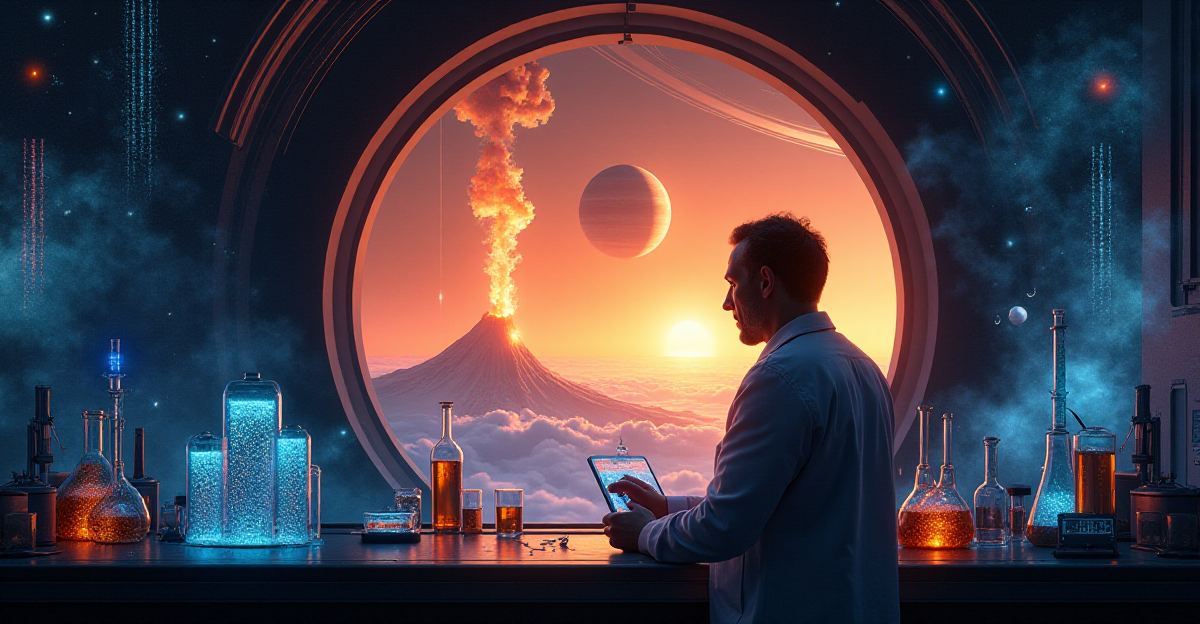
Looking at the Mars data of the Perseverance rover, I understood that everyone of us is astrochemists today. Searching for alien life has changed from looking for green men to looking for chiral compounds and isotopic anomalies in far-off atmospheres. This paper shows how phosphine on Venus spurred controversy, why Titan’s tholins could host prebiotic ...
Read MoreBioelectronic Medicine Chemistry: Merging Molecules with Microchips
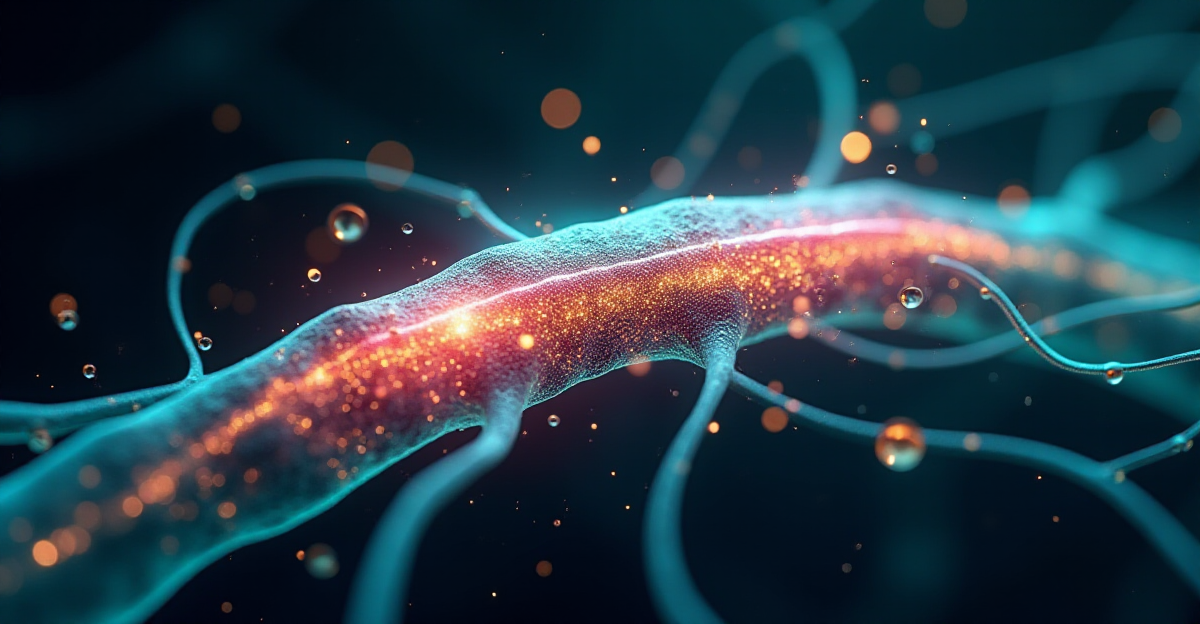
One glimpse of bioelectronic medicinal chemistry: I once used a wearable device pulsing ions instead of pills during a migraine episode. This developing science generates electroceuticals with carefully tailored materials to control neurological activity. We will look at flexible electrodes fusing with nerve tissue, DNA-based circuits sensing inflammation, and conductive hydrogels speeding healing. By means ...
Read MoreAI Chemical Discovery: How Machines Are Outsmarting Human Chemists
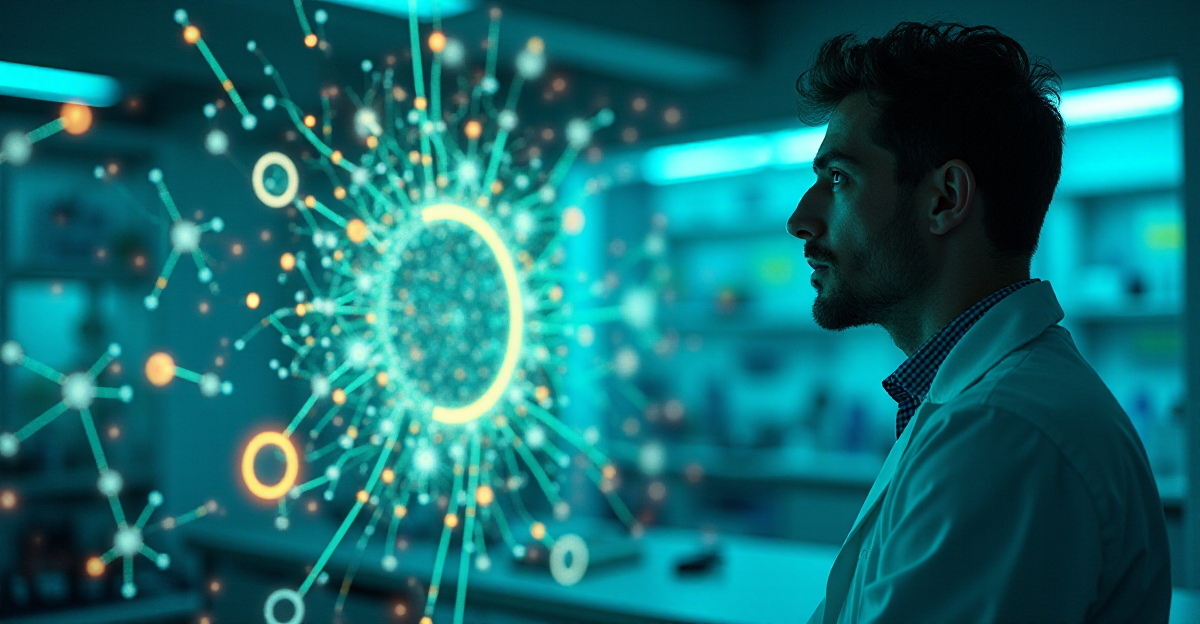
I knew chemistry was approaching its Copernican moment when an artificial intelligence projected a stable new antibiotic in 48 hours—something that took people decades. Artificial intelligence chemical discovery is about enhancing intuition by employing neural networks to traverse molecular space quicker than any lab team, not about substituting robots. By means of personal contacts with ...
Read MoreSelf-Healing Materials Chemistry: The Future of Unbreakable Technology
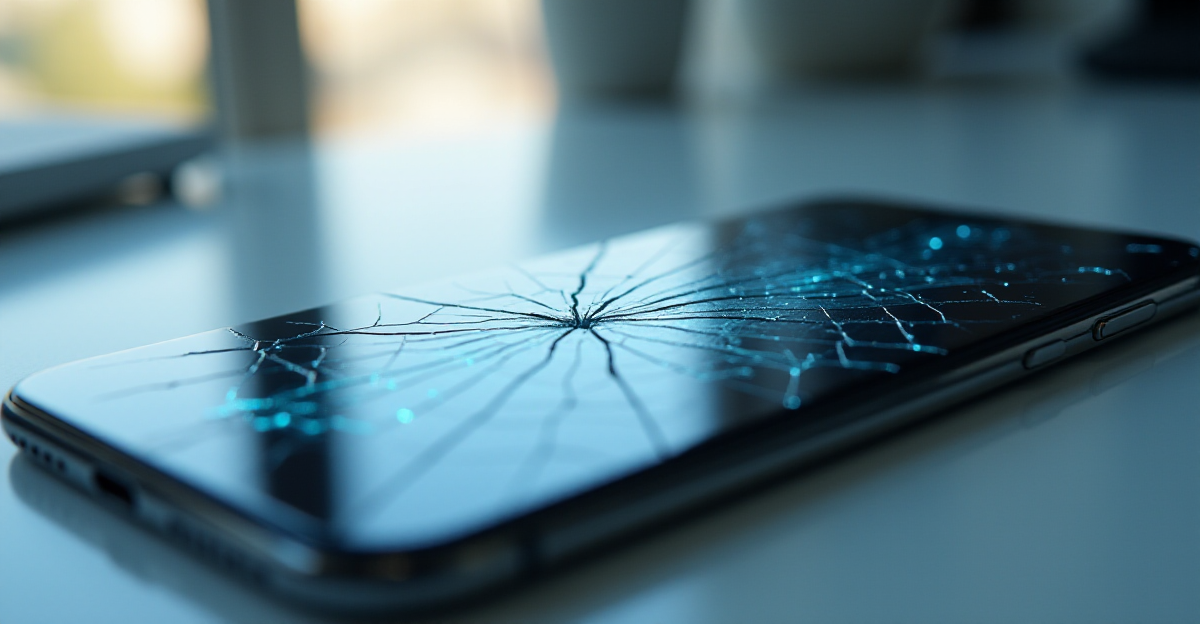
Imagine a time when bridges find their own structural defects and damaged phone screens fix themselves. Scientists in self-healing materials chemistry are realizing this sci-fi goal by creating polymers that replicate biological healing. One event that changed my perspective on ordinary goods was seeing a prototype coating seal its own scratches under sunshine at a ...
Read MoreBioelectronic Chemistry: Merging Biology with Electronic Circuits

Working with bioelectronics, I have discovered the remarkable possibilities of chemically connecting electronic circuits with biological processes. By means of interactions between live tissue and electrical equipment, bioelectronic chemistry generates new opportunities in health and technology. By means of thorough investigation on biological electron transfer, I have observed molecular integration of natural and synthetic systems. ...
Read MoreMagnetic Chemistry: Controlling Reactions with Magnetic Fields
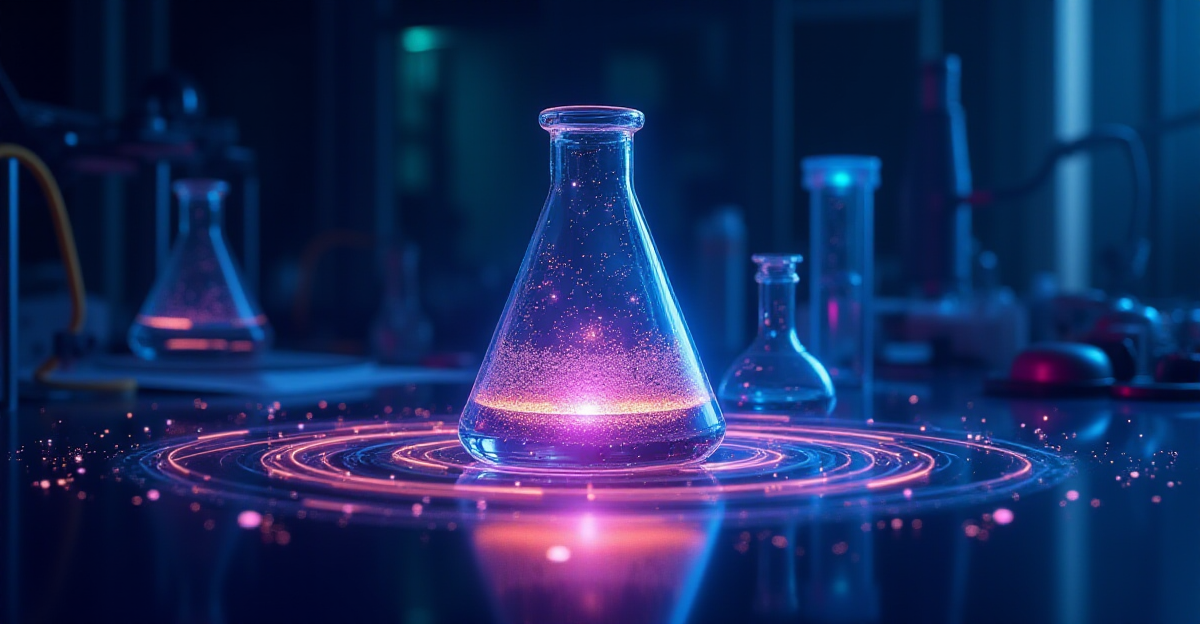
By means of my studies in magnetochemistry, I have found intriguing means of magnetic field effect and control for chemical reactions. A potent new method to precisely control chemical reactions with hitherto unheard-of accuracy is provided by the developing discipline of magnetic chemistry My lab studies have revealed how magnetic fields might change reaction paths, ...
Read MoreEvolutionary Chemistry: How Chemical Evolution Shaped Life’s Building Blocks

Investigating the beginnings of life has produced amazing new understanding of evolutionary chemistry and how chemical systems evolved into living entities. Studying primordial chemistry and molecular evolution has helped me to see how basic chemical systems may evolve into sophisticated, lifelike activities. Evolutionary chemistry fills in for non-living matter in terms of emergence of biological ...
Read MoreSynthetic Food Chemistry: The Future of Lab-Grown Cuisine
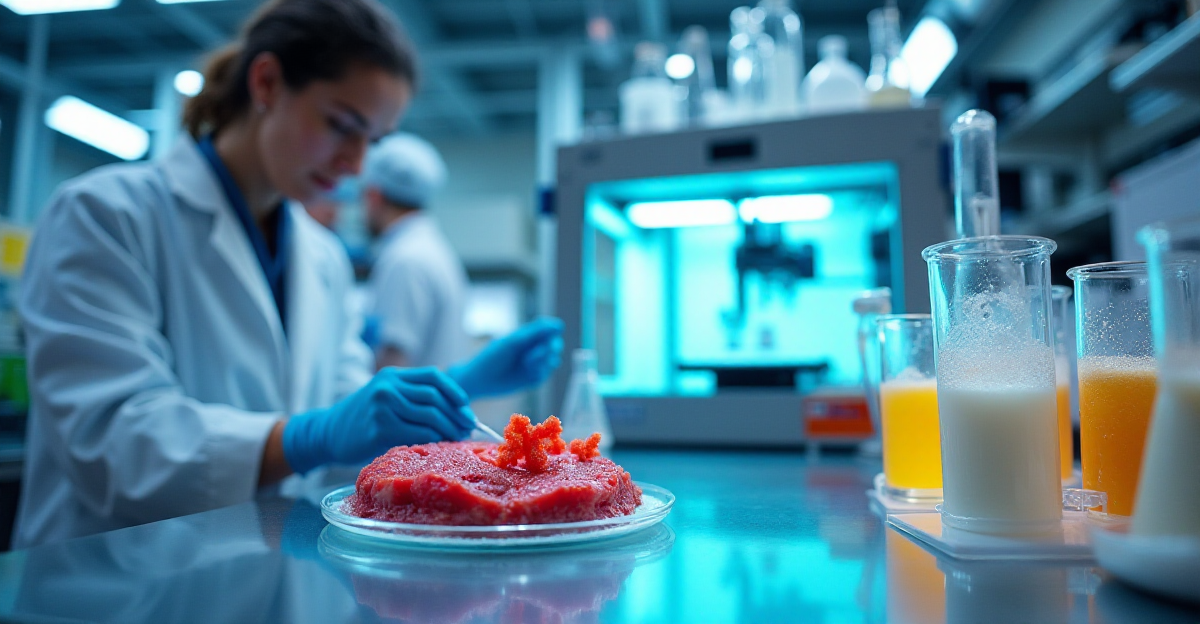
Working in food science labs has allowed me to see the revolution in synthetic food chemistry altering our approach to sustainable nutrition from front-row. By means of thorough investigation on molecular gastronomy and cellular agriculture, I have seen how chemical engineering is generating a new range of food products. Synthetic food chemistry methods have made ...
Read More









